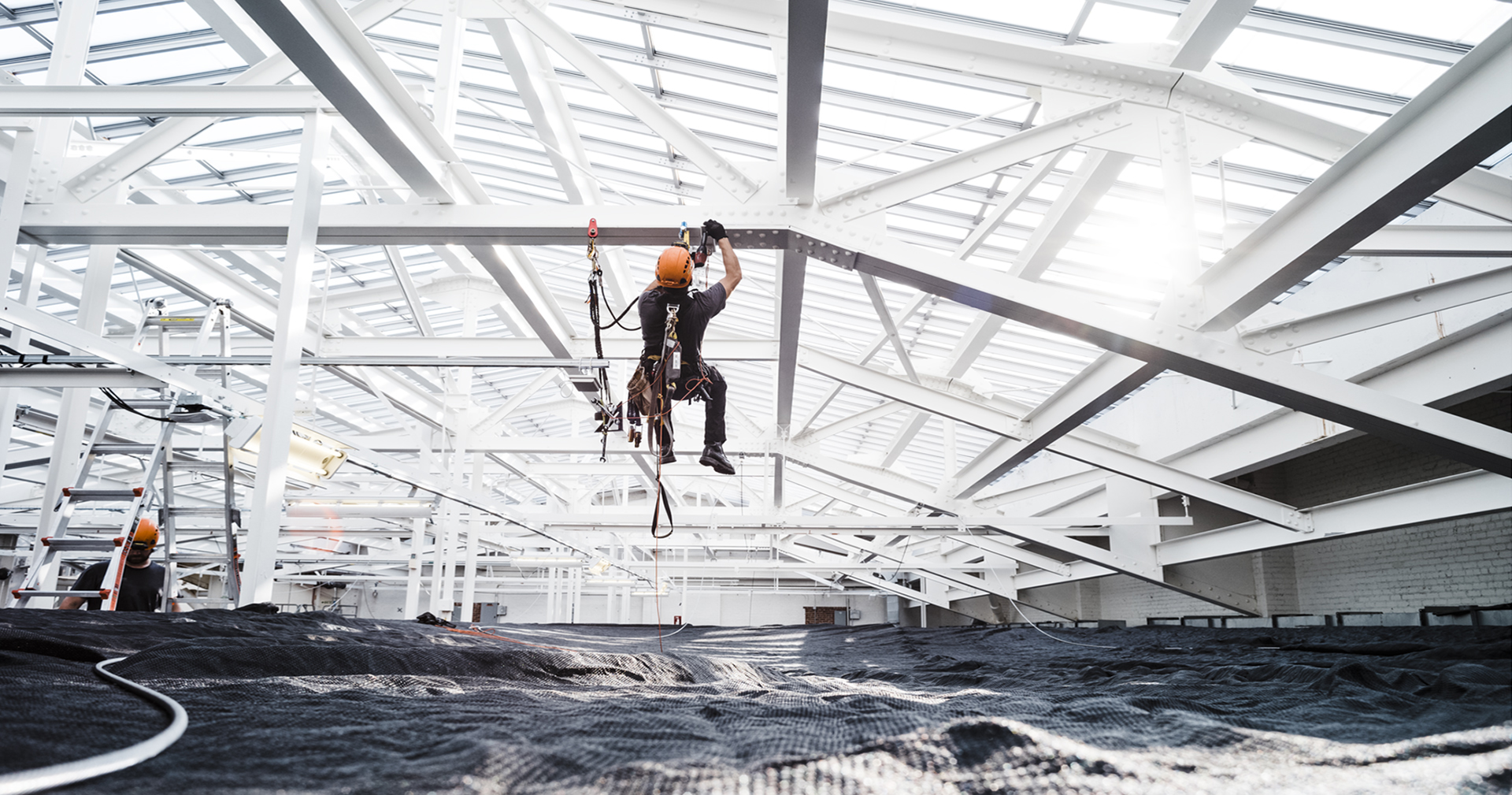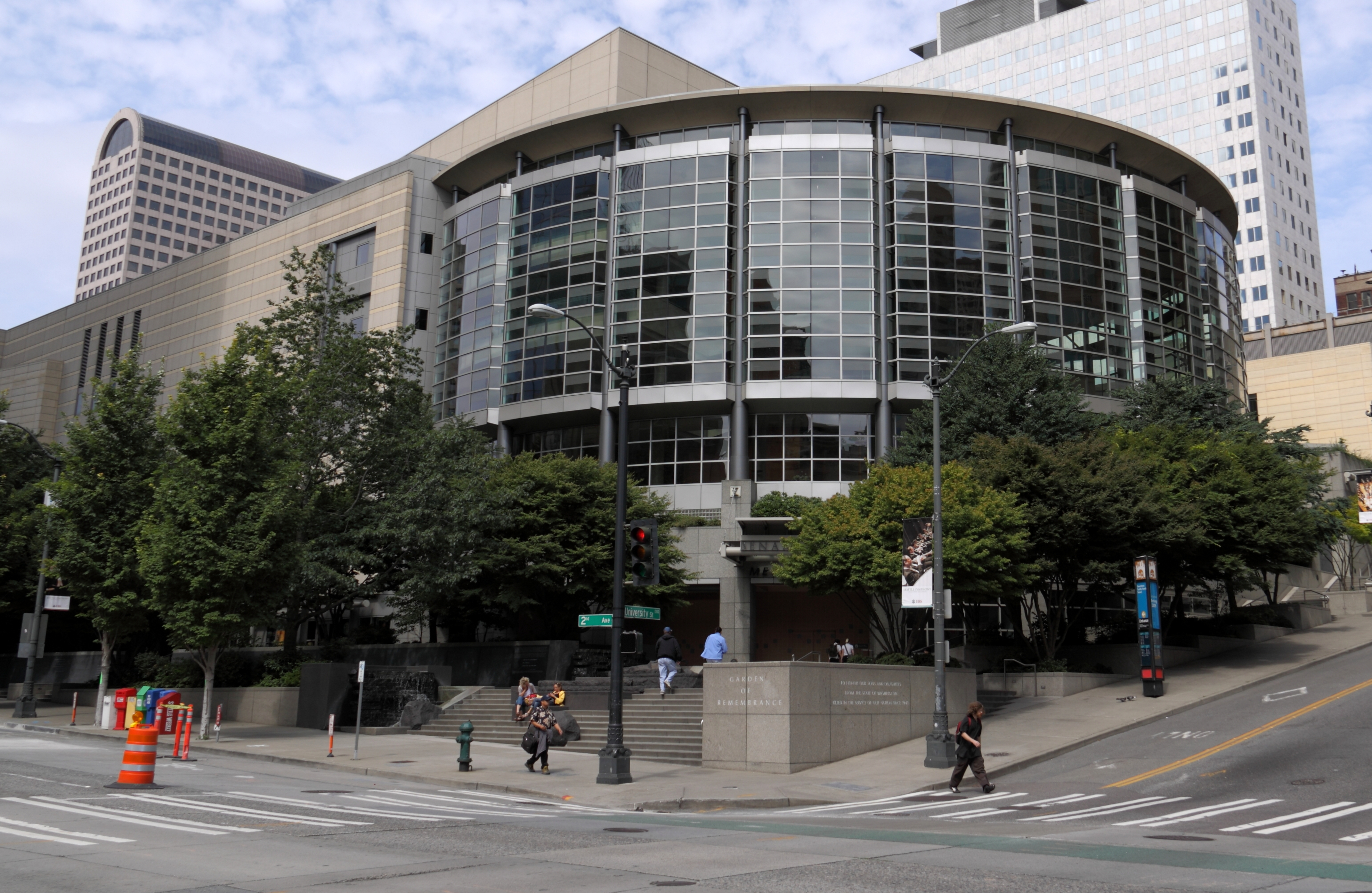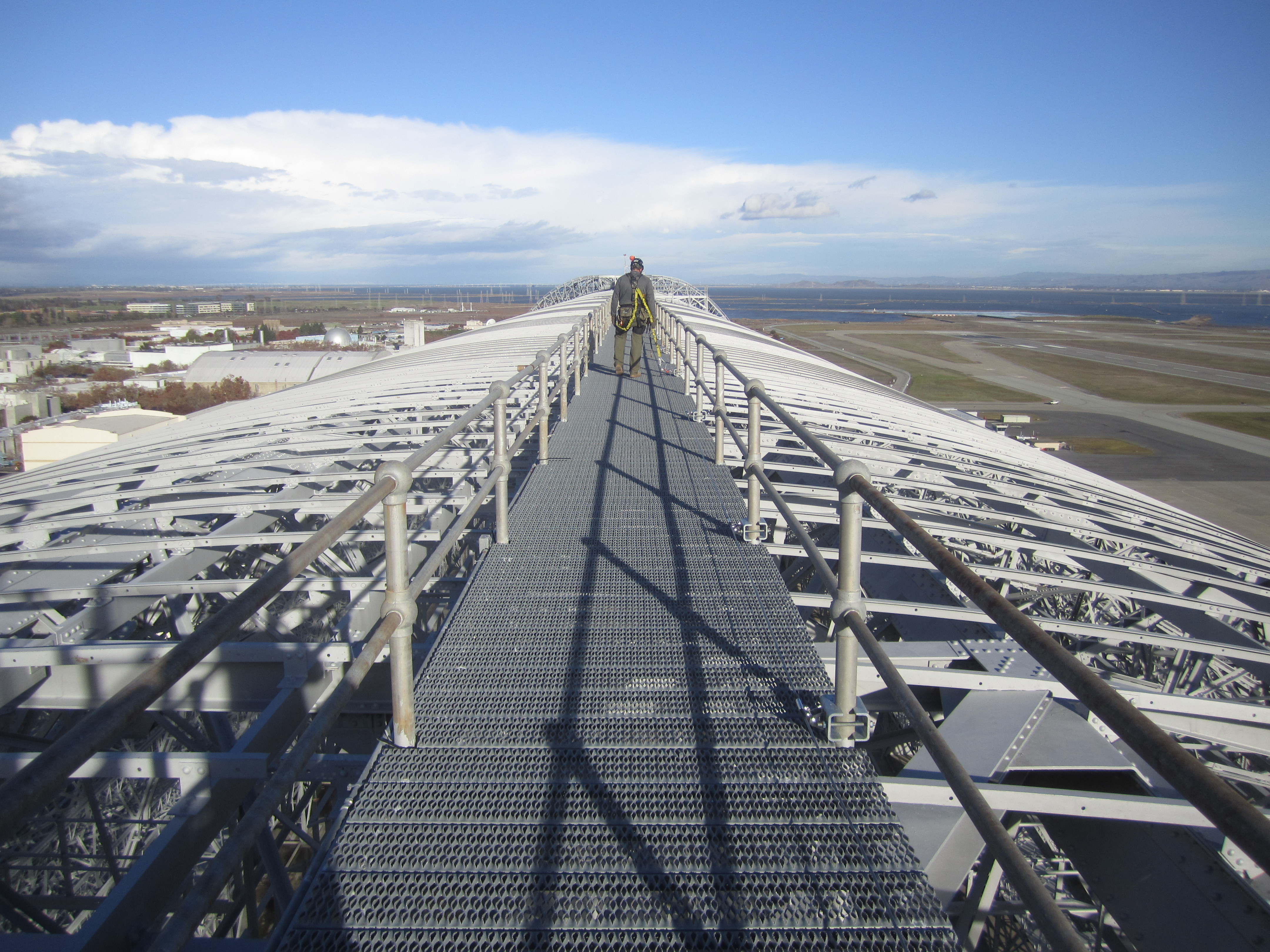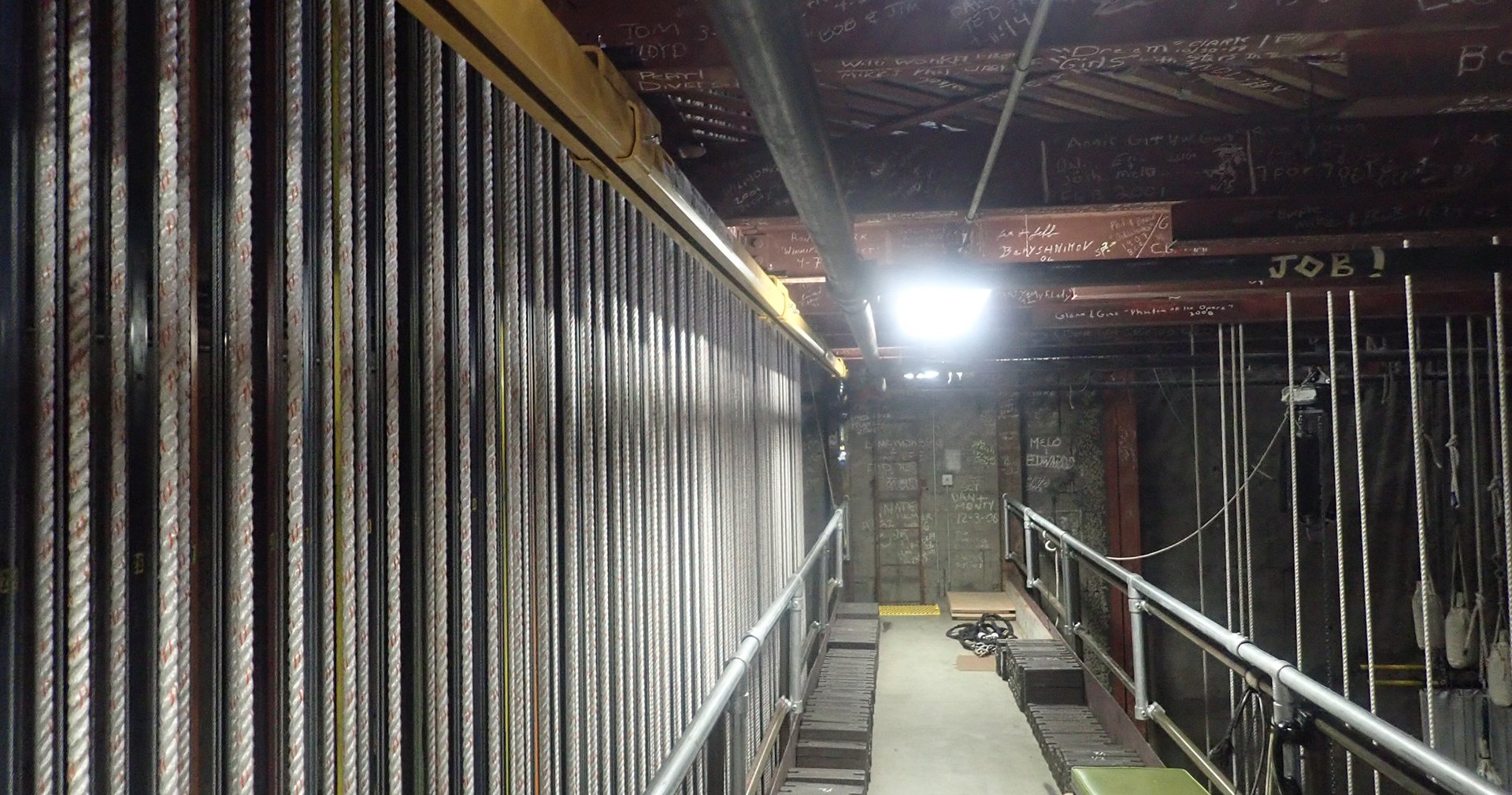Your cart is currently empty!

HISTORIC
FEATURED HISTORIC PROJECTS

BENAROYA HALL

FIRST CHURCH OF CHRIST, SCIENTIST

MOFFETT FIELD HANGAR 1

NATIONAL GALLERY OF ART

PORTLAND’5
VIEW ALL ENGINEERING PROJECTS
We have successfully completed projects in a wide variety of unique work environments!